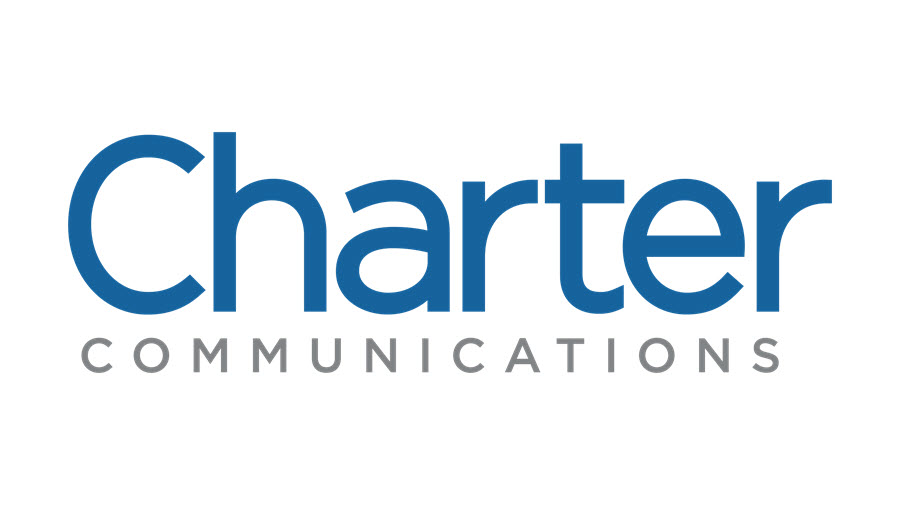Charter Sees Potential Compromise on CBRS License Areas
Now that it sees a potential compromise with wireless carriers on license sizes, Charter Communications is pushing for licensing rules in the 3.5-GHz (CBRS) band that would combine county and MSA (Metropolitan Statistical Area)-sized licenses.
According to a filing last week by CTIA and the Competitive Carriers Association, the organizations have agreed that the FCC should issue MSA licenses in the top 306 cellular markets, but smaller, county-based licenses for the remaining 428.
Related: CBRS Alliance Specs Target Interoperability
CTIA and CCA argue the approach would be better than one based on census tracts.

Charter said it is pleased with the progress from wireless proposals to base the licenses on partial economic areas (PEAs), but that it would prefer the FCC divide the top 10 MSA markets into counties to expand competitive bidding in urban areas.
The FCC voted last October on a framework for freeing up new spectrum -- it would be shared with incumbent government users -- for wireless broadband that could encourage cable and telco broadband players to use, and bid on, that spectrum in the race to 5G.
Cable broadband providers are looking for more WiFi spectrum, as well as looking to add mobile wireless service to their bundles via MVNO (mobile virtual network operator) agreements, under which they lease capacity from an AT&T or Verizon.
Multichannel Newsletter
The smarter way to stay on top of the multichannel video marketplace. Sign up below.
The changes to the priority access license (PALs) in the band are meant to incentivize faster network broadband deployments of fixed and mobile service. Those include longer license terms and contemplating different sized licenses.
Charter -- along with NCTA-The Internet & Television Association -- has been pushing for smaller sized licenses for more flexibility, so that isn't new. What is is the progress Charter cites in striking a compromise with wireless operators.
But it does not want them too small either, either. Charter's suggestion for license areas was bigger than census tracts, but no bigger than counties.
Related: CBRS Spectrum to Open Window of Opportunity for Cable Ops
Charter said small-cell tech is ill suited to large-scale geographic area licenses and would discourage its participation in an auction of the spectrum. Charter has said that, under the right rules, it could be interested in acquiring licenses in the 3.5-GHz band, but less likely so if the FCC stuck with PEA-sized licenses, in this case PEA meaning larger.
Charter is launching mobile wireless service to its customers as a WiFi-first offering in conjunction with Verizon Wireless.
But while cable ops had wanted the FCC to increase the geographic areas to larger than census tracts, but less that partial economic areas (PEAs), the October item simply asked for input on that
Back in 2016, FCC chair Tom Wheeler signaled the FCC would be opening up a "trifecta" of low-band (the broadcast spectrum auction), mid-band (3.5-GHz) and high-band spectrum for shared and licensed and unlicensed use to boost 5G wireless broadband.
The FCC voted back in April 2015 to make shared 3.5-GHZ spectrum available for flexible wireless broadband use.
Contributing editor John Eggerton has been an editor and/or writer on media regulation, legislation and policy for over four decades, including covering the FCC, FTC, Congress, the major media trade associations, and the federal courts. In addition to Multichannel News and Broadcasting + Cable, his work has appeared in Radio World, TV Technology, TV Fax, This Week in Consumer Electronics, Variety and the Encyclopedia Britannica.

